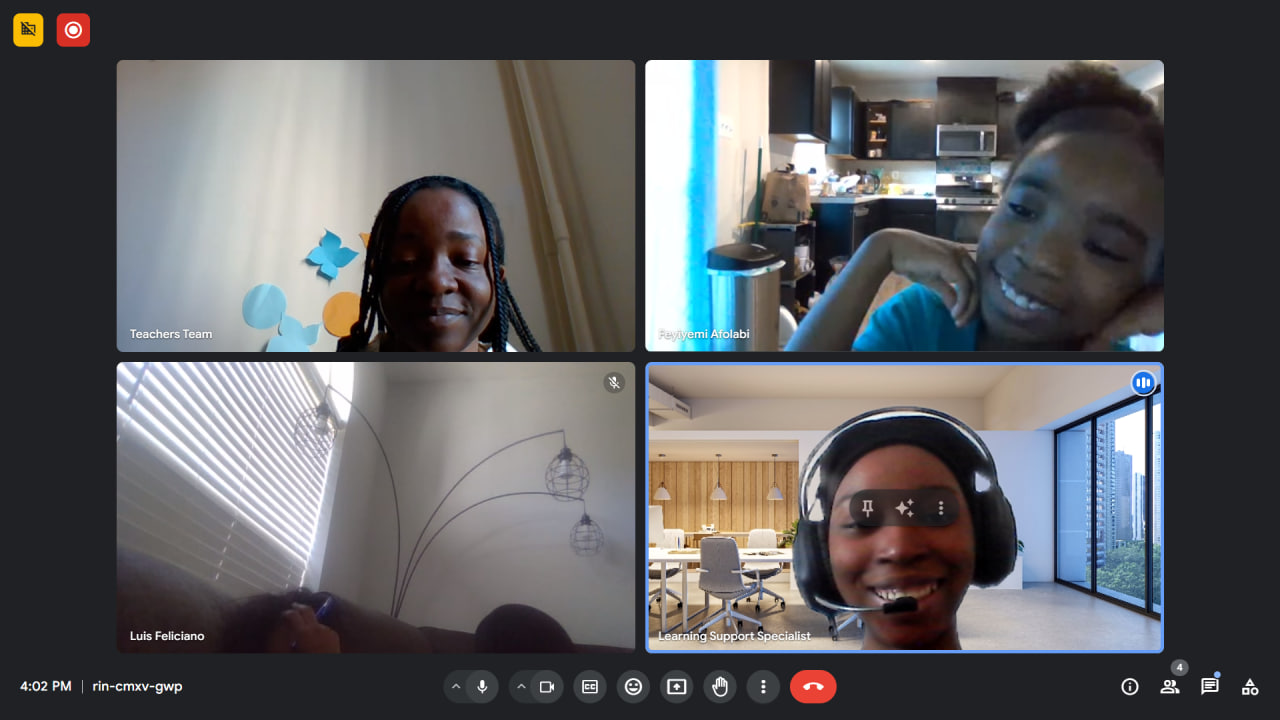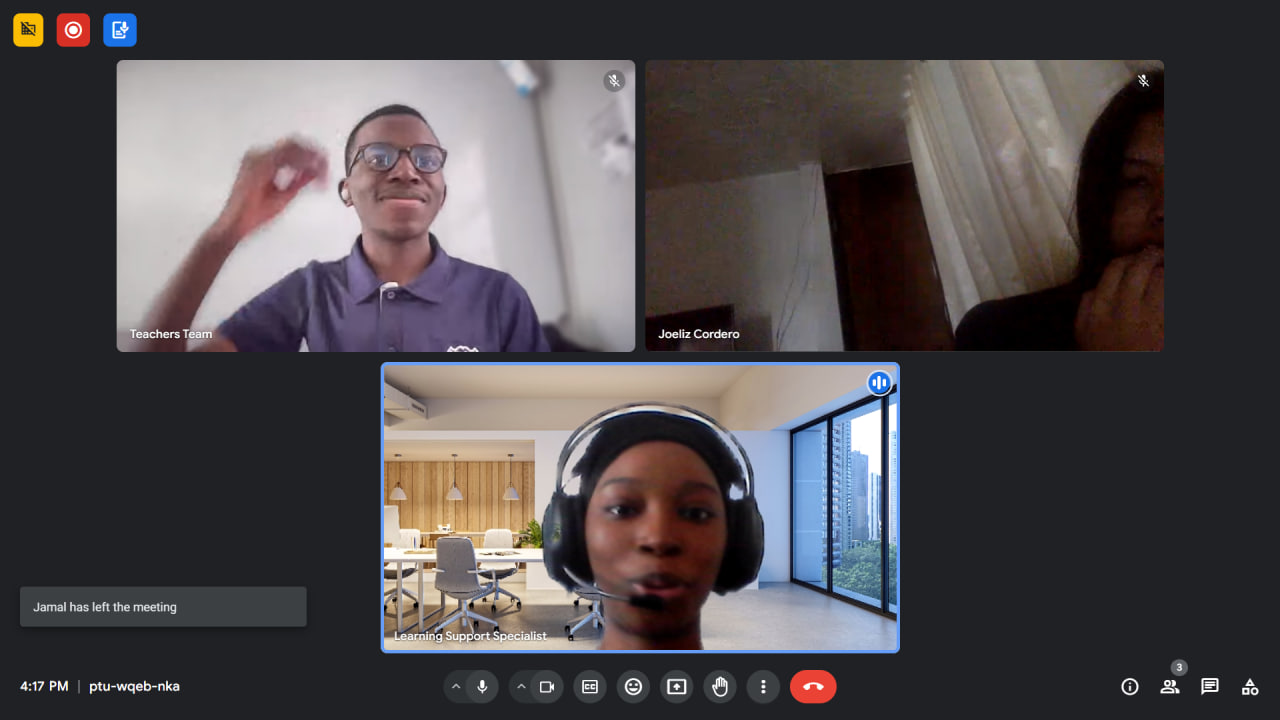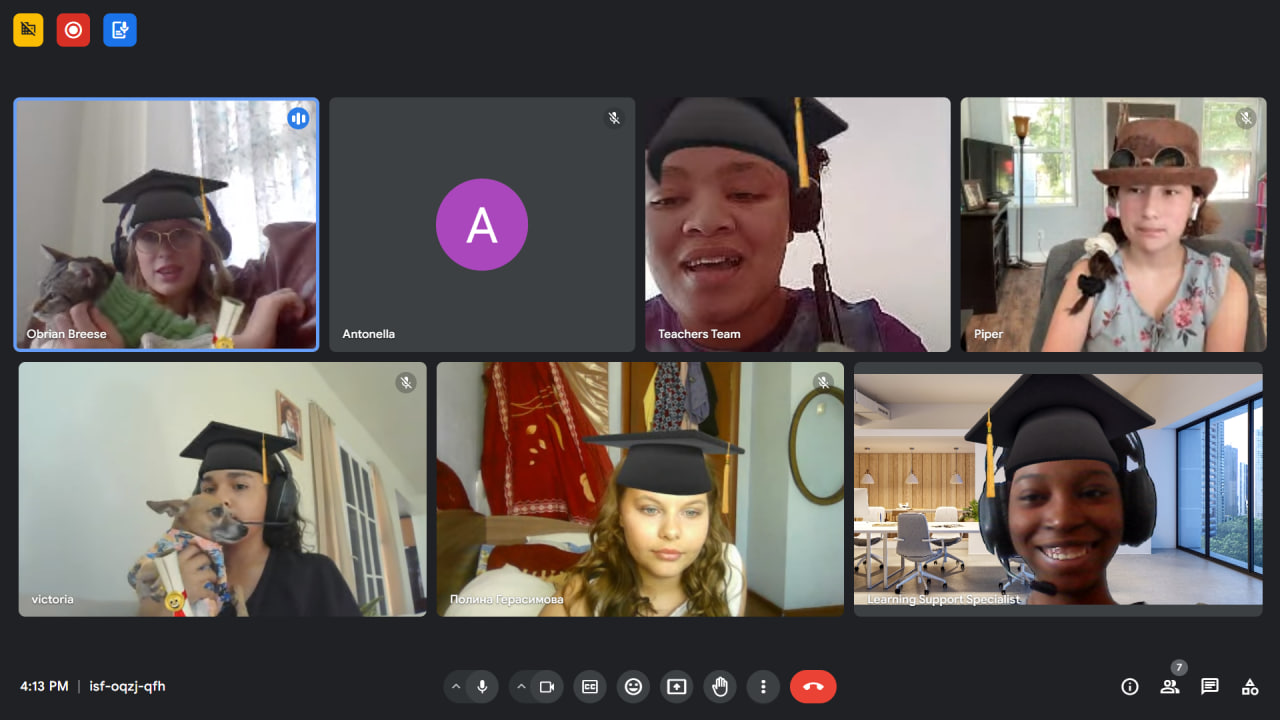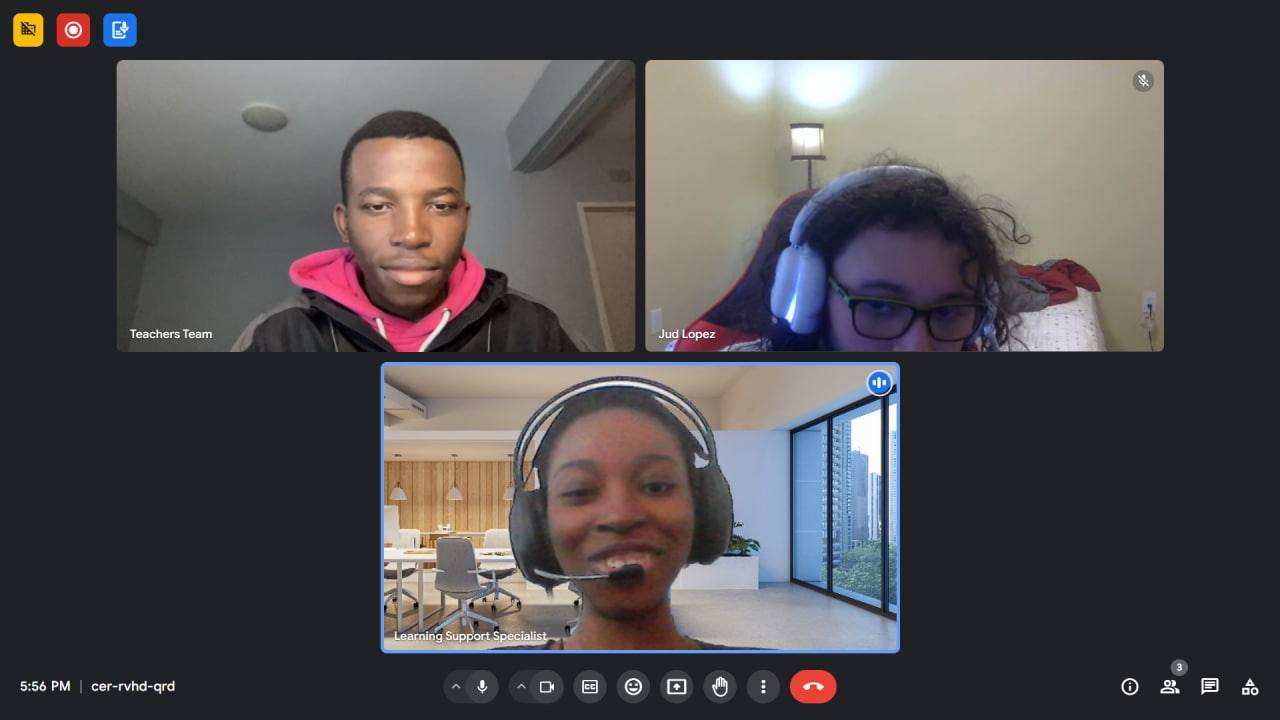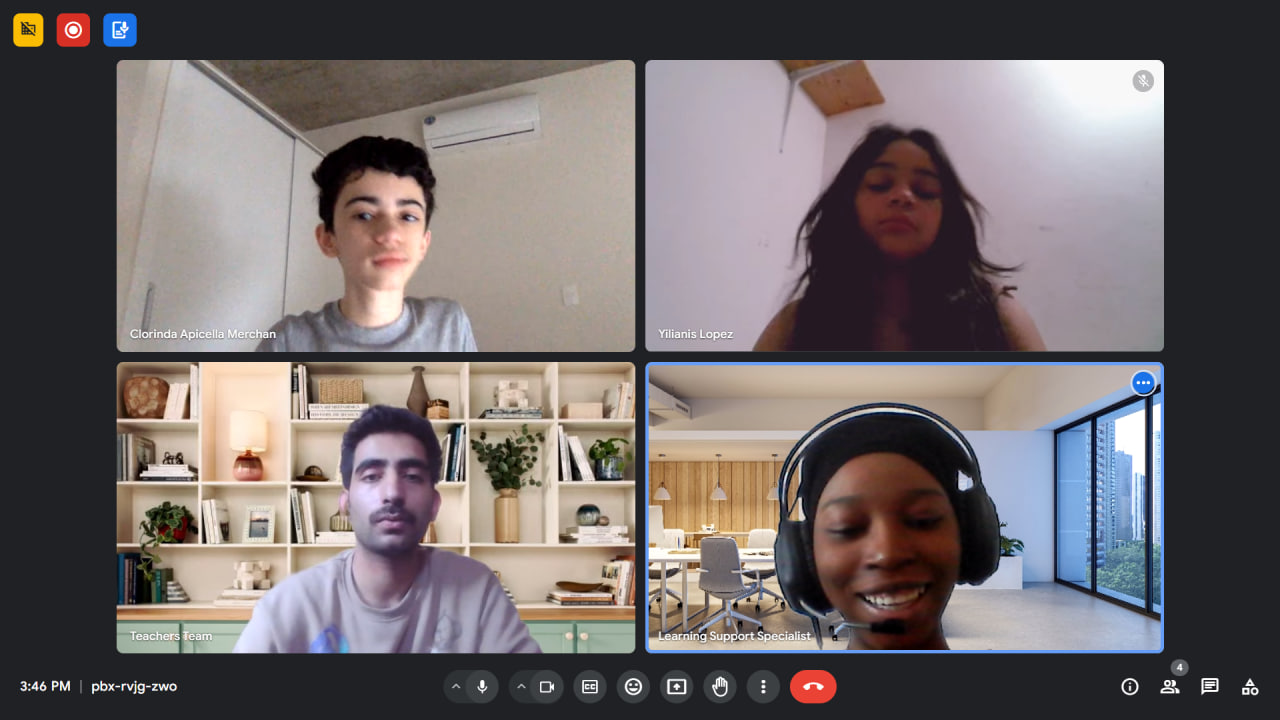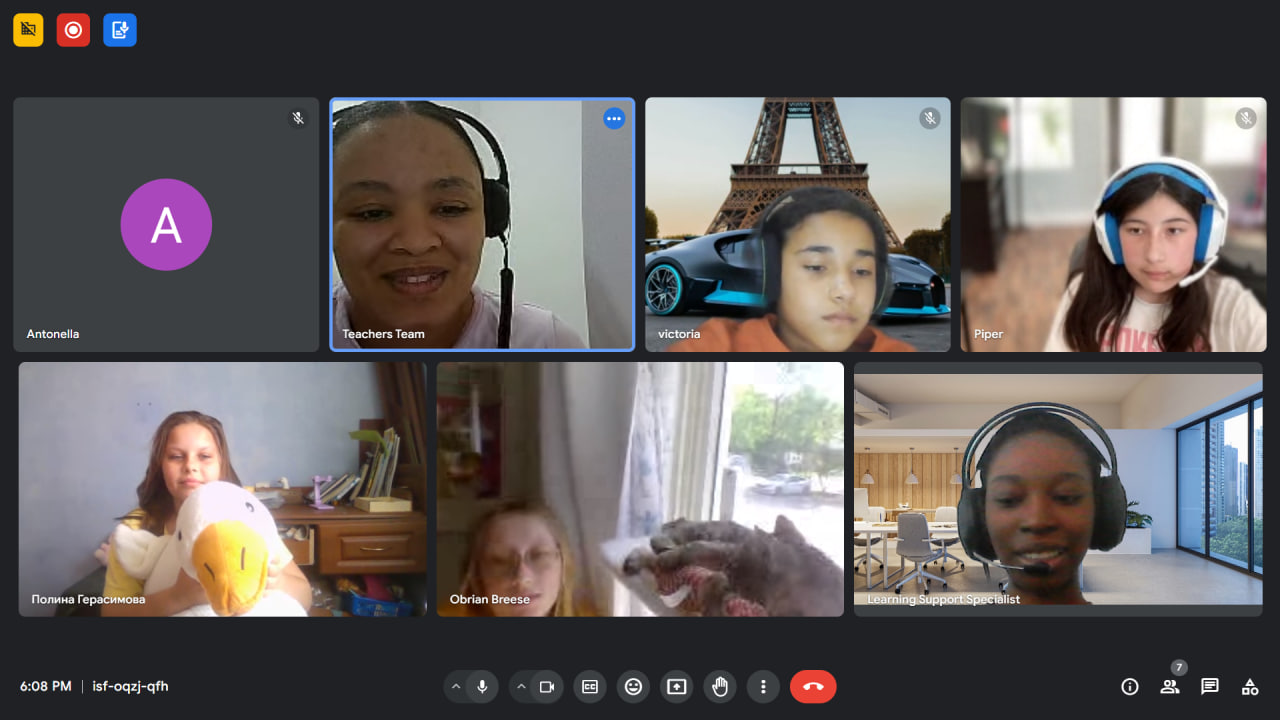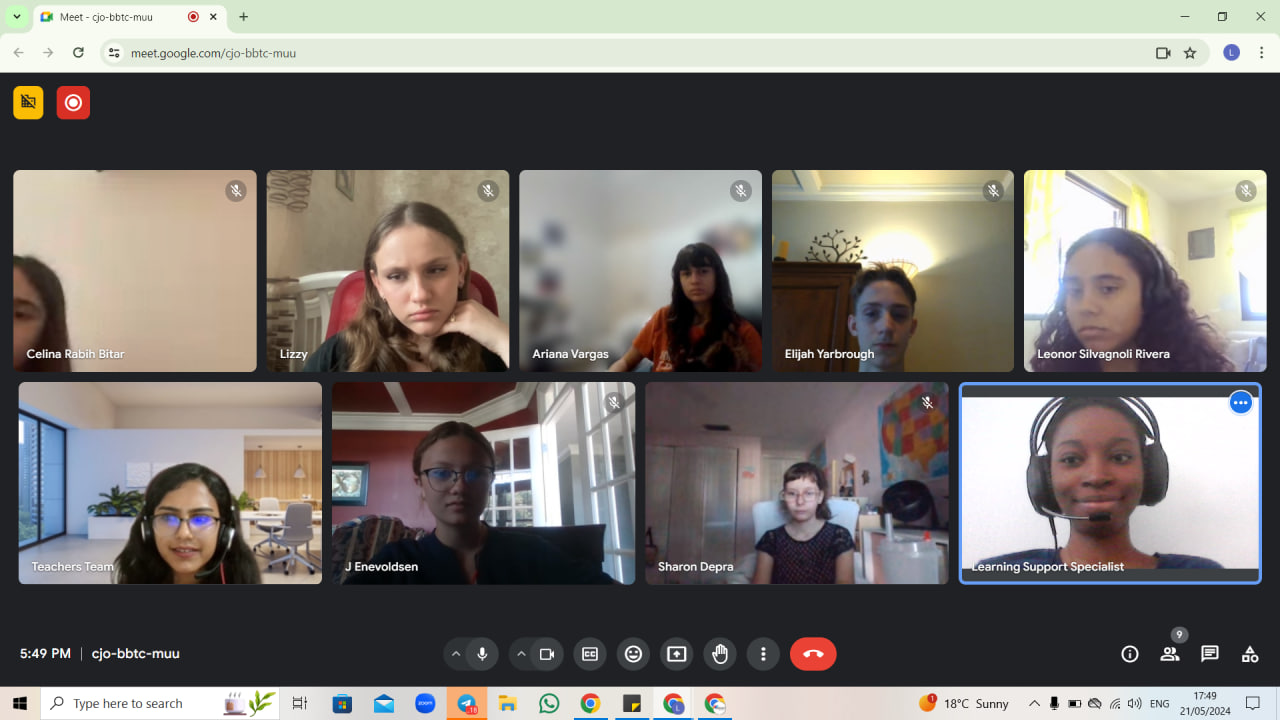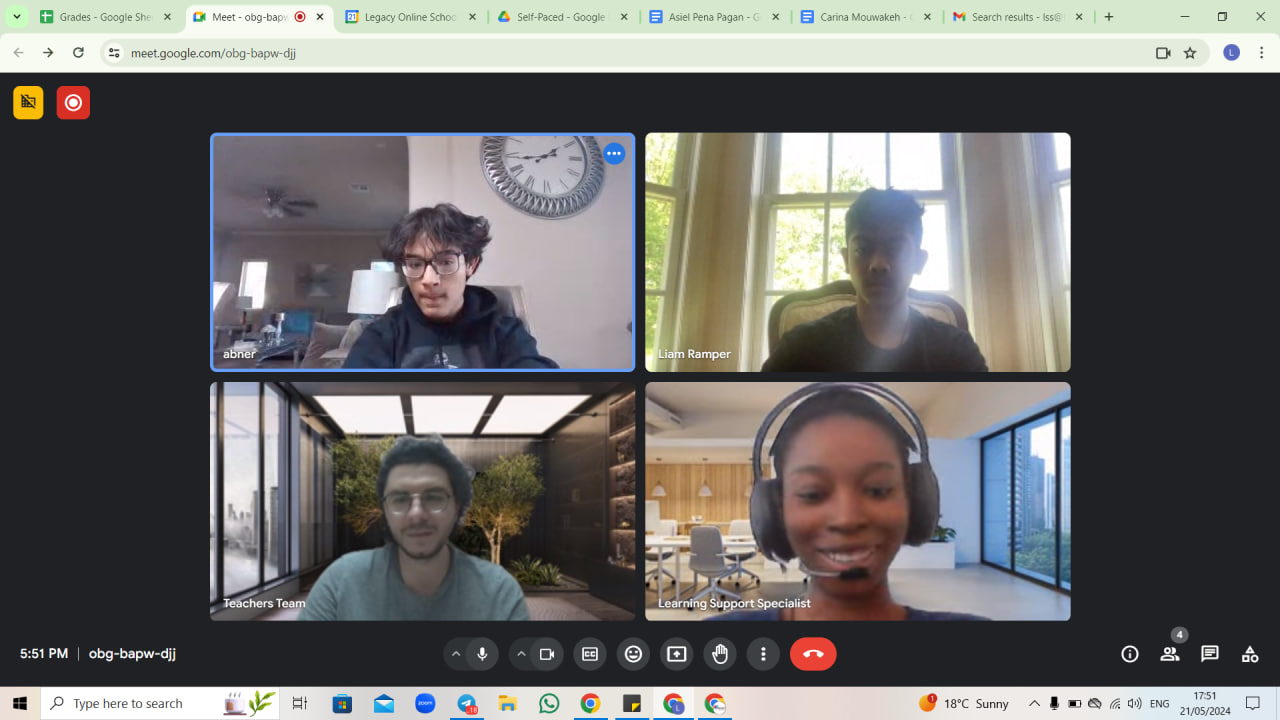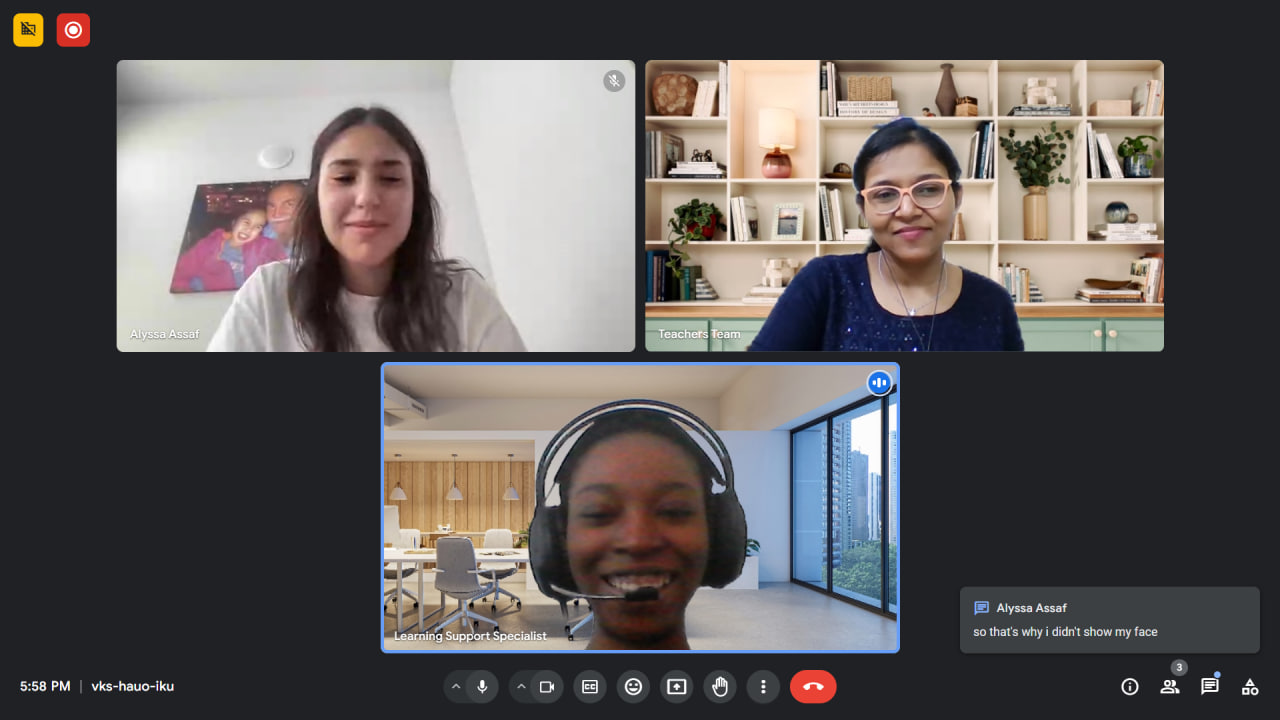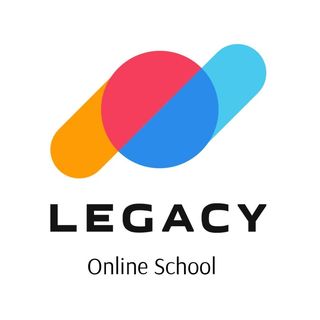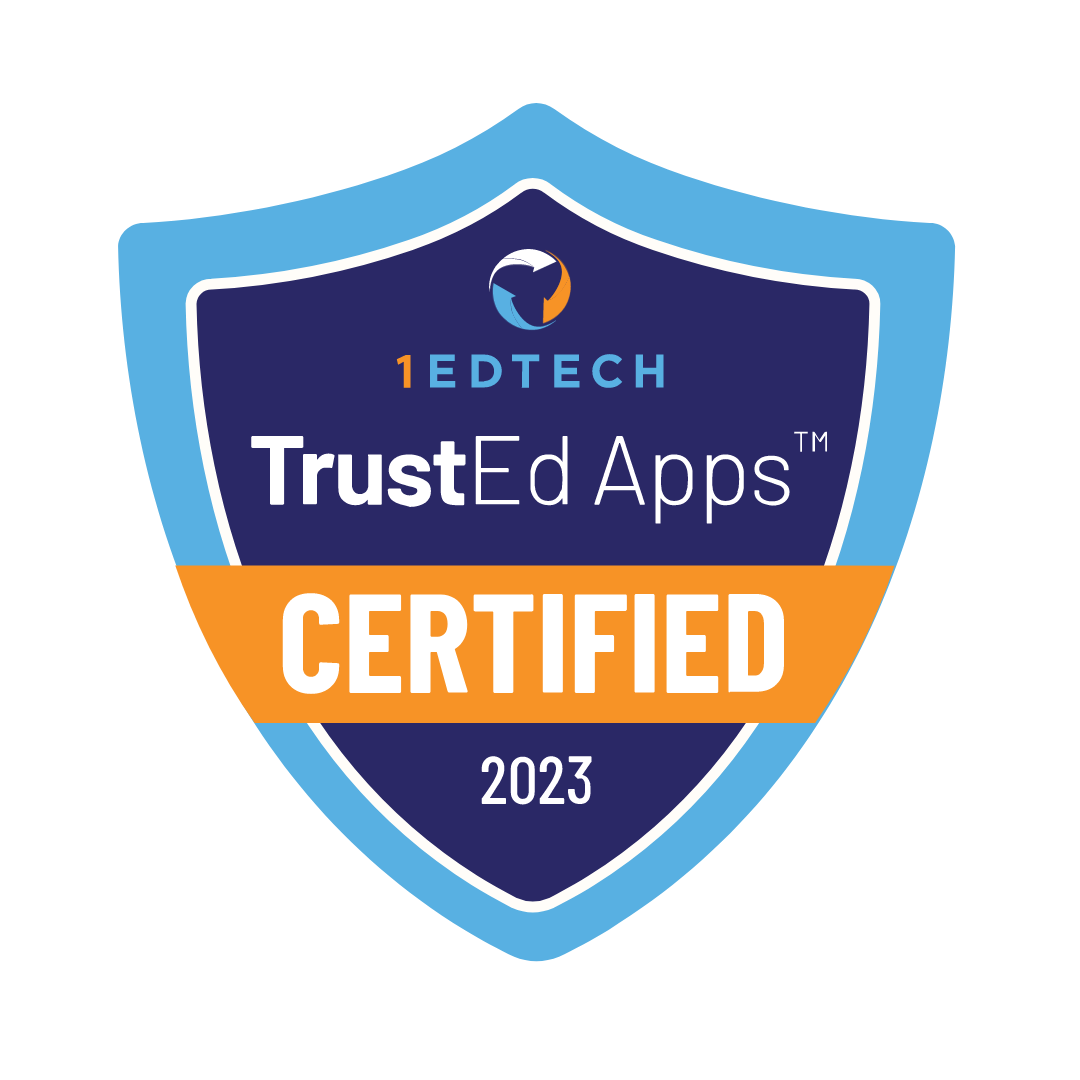Formação acreditada
Currículo STEM premiado para o ensino doméstico
Escola primária em linha: Aprendizagem virtual para alunos do ensino básico e secundário em linha
Sobre a Legacy Online Elementary School
A Legacy Online School representa uma abordagem particular ao ensino básico online, combinando instrução em tempo real, diversos métodos de aprendizagem e um enfoque na acessibilidade económica. Tal como acontece com qualquer instituição de ensino, os futuros alunos e pais devem considerar as suas necessidades específicas, preferências e situação financeira para determinar se este modelo se alinha com os seus objectivos educativos.
Ao oferecer uma mistura de métodos de ensino tradicionais e modernos, a Legacy Online School contribui para o cenário em evolução do ensino básico na era digital. A ênfase no ensino presencial, a variedade de estilos de aprendizagem e a consideração pela acessibilidade financeira reflectem tendências mais amplas no ensino online e podem apelar a quem procura opções educativas alternativas.
Ensino ao vivo com professores certificados
A Legacy Online School, um fornecedor virtual de ensino básico, oferece sessões de ensino ao vivo como parte essencial do seu currículo. Estas aulas virtuais são conduzidas por professores certificados em tempo real, incluindo palestras, actividades interactivas e debates. Esta abordagem visa emular um ambiente de sala de aula tradicional, permitindo que os alunos se envolvam ativamente com os seus instrutores e colegas.
Programas educativos diversificados
Reconhecendo as diversas necessidades de aprendizagem dos alunos, a Legacy Online School implementou quatro tipos de estilos de aprendizagem:
-
- Aprendizagem individual: Para os alunos que preferem explorar as matérias de forma autónoma.
Aprendizagem em grupo: Incentivar a colaboração e as competências sociais através do trabalho em equipa.
Aprendizagem ao ritmo do aluno: Oferece módulos flexíveis para os alunos explorarem ao seu próprio ritmo.
Além disso, a escola oferece cursos académicos, Advanced Placement (AP) e extracurriculares, bem como clubes virtuais, como parte do seu vasto espetro educativo.
Acessibilidade e apoio
A Legacy Online School procurou dar resposta aos constrangimentos financeiros que podem limitar o acesso à educação, oferecendo vários planos de pagamento anuais e mensais. Estes planos foram concebidos para se adaptarem a diferentes orçamentos, com o objetivo de tornar o ensino em linha mais acessível a um público mais vasto.
O sistema de apoio da escola está estruturado para ajudar os alunos no seu percurso educativo em linha, embora a eficácia deste apoio possa variar em função das necessidades e experiências individuais.
O que é uma escola primária em linha?
Compreender o conceito
O ensino básico em linha é uma forma de ensino em que os alunos frequentam as aulas e concluem os seus cursos em linha e não numa sala de aula tradicional. Este ambiente de aprendizagem virtual permite que os alunos do ensino básico ao secundário aprendam no conforto das suas casas ou em qualquer local com acesso à Internet.
Vantagens da aprendizagem virtual
A aprendizagem em linha oferece várias vantagens, tais como flexibilidade de horários, experiências de aprendizagem personalizadas e acesso a uma gama mais vasta de cursos. Permite que os alunos trabalhem ao seu próprio ritmo, proporcionando uma abordagem educativa personalizada que satisfaz as necessidades individuais.
Acreditação de escolas primárias em linha
A acreditação garante que as escolas primárias online cumprem determinados padrões académicos e oferecem um ensino de qualidade. Os pais devem procurar programas online totalmente acreditados para garantir que os seus filhos recebem uma educação respeitável.
Como é que a aprendizagem virtual funciona para os alunos do ensino básico?
Um dia na vida de um estudante do ensino básico em linha
Os alunos do ensino básico em linha iniciam normalmente uma sessão numa sala de aula virtual onde interagem com os professores, realizam tarefas, participam em debates e assistem a sessões em linha ao vivo. O horário é flexível, permitindo aos alunos conciliar a sua aprendizagem com outras actividades.
O papel de um orientador de aprendizagem na escola virtual
Um orientador de aprendizagem, muitas vezes um pai ou tutor, desempenha um papel crucial no apoio e orientação dos alunos do ensino básico em linha. Ajudam a monitorizar os progressos, prestam assistência nos trabalhos e asseguram que o aluno se mantém no caminho certo para atingir os seus objectivos de aprendizagem.
Flexibilidade oferecida aos estudantes
A aprendizagem virtual oferece flexibilidade em termos de horário e ritmo. Os alunos podem aceder aos seus cursos a qualquer hora do dia, o que lhes permite aprender ao seu próprio ritmo e estruturar a sua rotina de estudo de acordo com as suas preferências.
Processo de inscrição para programas de ensino básico online
Passos para se inscrever numa escola primária em linha
O processo de inscrição nas escolas primárias em linha envolve normalmente o preenchimento de uma candidatura, a apresentação dos documentos necessários e, eventualmente, a participação numa entrevista ou orientação. Os pais devem seguir as directrizes específicas fornecidas pela escola.
Escolher o programa certo para o seu filho
Ao selecionar um programa de escola primária online, os pais devem considerar factores como as ofertas curriculares, o apoio dos professores, as actividades extracurriculares e o estatuto de acreditação. É essencial escolher um programa que esteja de acordo com as necessidades e objectivos educativos da criança.
Programas acreditados de escolas primárias online
Os programas de escola primária online acreditados foram submetidos a um processo de verificação para garantir que cumprem os padrões educacionais estabelecidos. Estes programas fornecem uma base académica sólida e são reconhecidos por instituições de ensino e potenciais empregadores.
Benefícios da Escola Online K-12 para alunos do ensino básico
Experiência de aprendizagem personalizada para alunos do ensino básico
As escolas primárias online oferecem uma experiência de aprendizagem personalizada, adaptada às capacidades e ao estilo de aprendizagem de cada aluno. Esta abordagem personalizada ajuda os alunos a destacarem-se academicamente e a ganharem confiança nos seus objectivos educativos.
Apoio a cursos individuais e a alunos avançados
As escolas online do ensino básico e secundário oferecem oportunidades aos alunos de se inscreverem em cursos individuais com base nos seus interesses ou requisitos académicos. Os alunos avançados também podem aceder a cursos especializados para se desafiarem a si próprios e melhorarem a sua aprendizagem.
Como a escola em linha ajuda os alunos a atingir os seus objectivos educativos
As escolas online permitem que os alunos do ensino básico definam e atinjam os seus objectivos educativos, oferecendo um ambiente de aprendizagem flexível e de apoio. Os alunos recebem atenção personalizada dos professores e têm acesso a recursos que facilitam o sucesso académico.
A escola primária online é adequada para o seu filho?
Determinar se a aprendizagem virtual é adequada para o seu filho
Os pais devem ter em conta factores como o estilo de aprendizagem do seu filho, a sua motivação e a sua capacidade de trabalhar de forma independente quando decidem se a escola primária em linha é uma opção adequada. Alguns alunos adaptam-se bem ao ambiente de aprendizagem virtual, enquanto outros preferem o ensino tradicional.
Aprendizagem autónoma em escolas primárias em linha
As escolas primárias em linha oferecem uma aprendizagem autónoma, permitindo que os alunos progridam nos cursos a uma velocidade que se adapte às suas necessidades individuais. Esta flexibilidade permite aos alunos aprofundar as matérias que lhes interessam ou passar mais tempo a dominar conceitos difíceis.
Demonty de escolas em linha para alunos do ensino básico
As escolas em linha proporcionam aos alunos do ensino básico uma plataforma para se envolverem em experiências de aprendizagem interactivas e cativantes. Ao incorporar elementos multimédia, salas de aula virtuais e métodos de ensino inovadores, as escolas em linha melhoram o percurso educativo dos jovens alunos.
